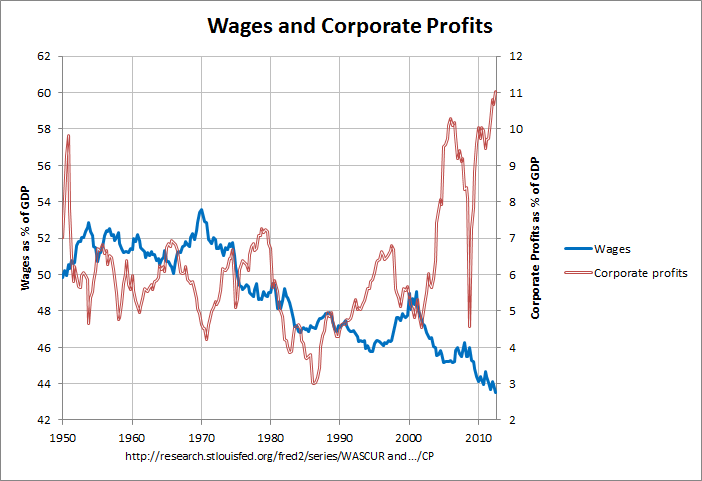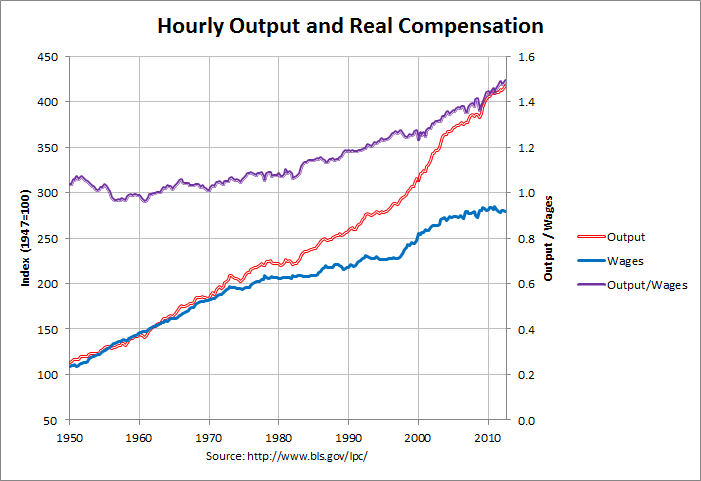As mentioned in a prior post, David Kopel, a professor at the University of Denver, was on the December 17th edition of The PBS Newshour. Regarding the assault weapons ban, he said the following:
Well, I think we can look at what happened when she had her 10-year in the past. The Congress, when it enacted that ban, also ordered that a formal study be done of the results of it.
The study was performed by the Urban Institute, a very well-respected, somewhat left-leaning think tank in Washington, D.C., and the Urban Institute reported that it had no effect on homicide rates. There was no statistically significant benefit in terms of saving lives.
As I described in the prior post, the Urban Institute study reached no such conclusion. In any event, David Kopel was back on the January 16th edition of The PBS Newshour during which he said the following:Well, the Department of Justice conducted a study of the effectiveness of that ban, published it in 2004, after it had been in effect for nine years, and concluded it had done absolutely no good. No lives were saved. There weren't fewer shots fired in shoot-outs with police officers or anything else. So it was -- it's a proven failure.
Once again, Kopel is claiming that the official studies concluded that the assault weapon ban did "absolutely no good". In fact, unlike Kopel, the studies were careful not to overstate their findings. Following is an excerpt from the first chapter of the 2004 study, titled "Impacts of the Federal Assault Weapons Ban, 1994-2003: Key Findings and Conclusions":
Should it be renewed, the ban’s effects on gun violence are likely to be small at best and perhaps too small for reliable measurement. AWs [assault weapons] were rarely used in gun crimes even before the ban. LCMs [large capacity magazines] are involved in a more substantial share of gun crimes, but it is not clear how often the outcomes of gun attacks depend on the ability of offenders to fire more than ten shots (the current magazine capacity limit) without reloading.
However, the study continues:
• Nonetheless, reducing criminal use of AWs and especially LCMs could have non-trivial effects on gunshot victimizations. The few available studies suggest that attacks with semiautomatics – including AWs and other semiautomatics equipped with LCMs – result in more shots fired, more persons hit, and more wounds inflicted per victim than do attacks with other firearms. Further, a study of handgun attacks in one city found that 3% of the gunfire incidents resulted in more than 10 shots fired, and those attacks produced almost 5% of the gunshot victims.
This does not sound like Kopel's claim that the study showed that 'no lives were saved" and that "there weren't fewer shots fired in shoot-outs with police officers or anything else". In any case, Kopel's broad claim that the study showed the ban to do "absolutely no good" is obviously false.
Kopel is not the only person to claim that the Assault Weapons Ban was proven to be ineffective without presenting the so-called proof. On January 24th, the same day that Senator Dianne Feinstein held a press conference to announce a new assault-weapons-ban proposal, Vice President Joe Biden held a "Fireside Hangout" to talk about reducing gun violence. The first question came from Philip DeFranco, an American video blogger and YouTube celebrity, who asked the following (about 3:20 into the video):
Mr Vice President, the 1994 Violent Crime Control and Law Enforcement Act, known as the Assault Weapons Ban, expired because it was proven to be ineffective at reducing violent crime...
Biden began his response by correctly pointing out that the Assault Weapons Ban "did not expire because it was proved ineffective, it expired because it had to be reauthorized in ten years" and that the "last administration chose not to seek reauthorization". Biden went on to assert that "there were fewer police being murdered, fewer police being outgunned when the assault weapons ban, in fact, was in existence". If true, this would contradict Kopel's assertion that "there weren't fewer shots fired in shoot-outs with police officers".
Near the end of the chat, Biden made some interesting comments about his concern for the dangers posed by assault weapons versus those posed by high-capacity gun magazines. A Huffington Post article summarized them as follows:
"More people out there get shot with a Glock that has cartridges in a [high-capacity magazines]," said Biden, chair of a White House task force to develop violence prevention proposals, during an online Google+ chat.
"I'm much less concerned, quite frankly, with what you'd call an 'assault weapon' than I am with magazines, and the number of rounds that can be held in a magazine." A Glock is a type of semi-automatic pistol.
I found these comments interesting in that they seemed to agree with some of the statements in the Key Findings and Conclusions chapter of the 2004 study. Following is an excerpt:
• AWs [assault weapons] were used in only a small fraction of gun crimes prior to the ban: about 2% according to most studies and no more than 8%. Most of the AWs used in crime are assault pistols rather than assault rifles.
• LCMs [large capacity magazines] are used in crime much more often than AWs and accounted for 14% to 26% of guns used in crime prior to the ban.
This agrees with Biden's suggestion that LCMs may be the bigger problem, at least in some ways. Following are two additional excerpts involving LCMs:
• However, the decline in AW use was offset throughout at least the late 1990s by steady or rising use of other guns equipped with LCMs in jurisdictions studied (Baltimore, Milwaukee, Louisville, and Anchorage). The failure to reduce LCM use has likely been due to the immense stock of exempted pre-ban magazines, which has been enhanced by recent imports.
...
• Restricting the flow of LCMs into the country from abroad may be necessary to achieve desired effects from the ban, particularly in the near future.
Hence, not only does the 2004 study not claim to prove that the assault weapons ban was ineffective, it makes suggestions as to how to make it more effective. It would seem reasonable to try implementing those suggestions and seeing if the ban can be made more effective. In any event, we should ignore claims of proof by people like Kopel and DeFranco unless and until that proof is presented.
Note: There is a discussion of this post at this link.

